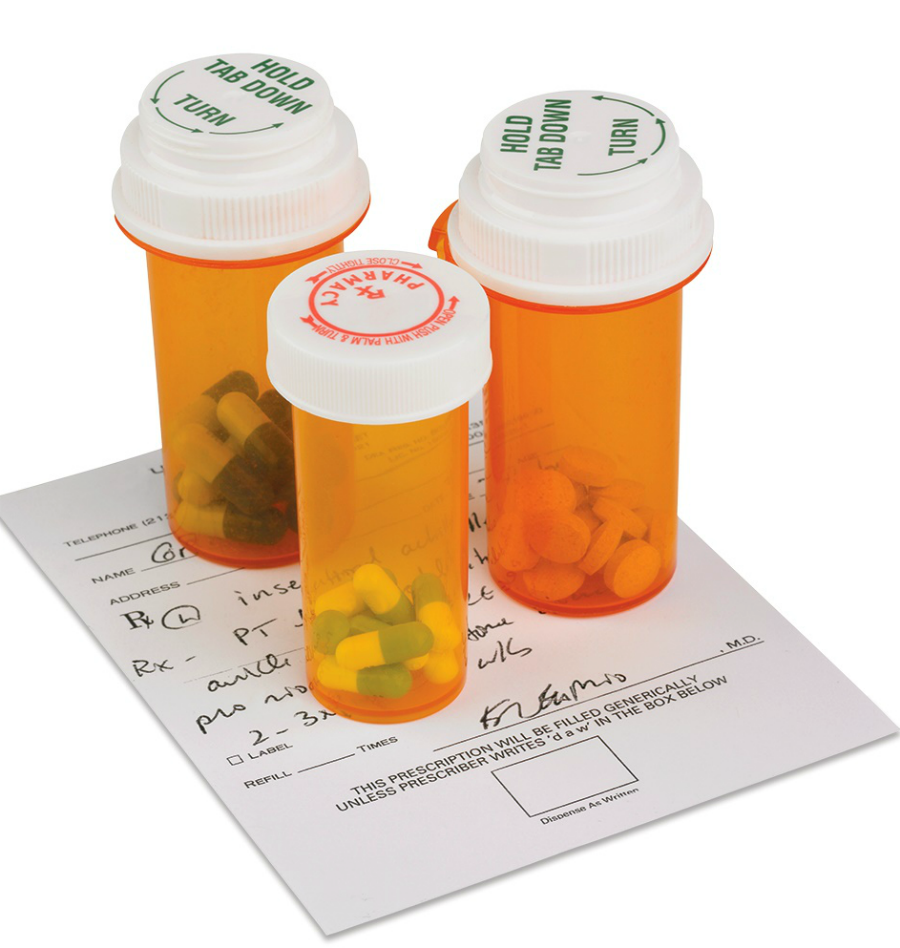
In the midst of the country's rising opioid crisis, L.A. Care is committed to sharing information with our providers to help improve patient safety. The American Medical Association recently updated its guidelines regarding co-prescribing naloxone with opioids in order to reduce related adverse events, including death.
Studies show that patients in a primary care setting who are taking opioids for long-term chronic pain, had fewer opioid-related emergency department visits when given naloxone prescriptions.
In addition, analysis of the results suggests a possible behavioral impact of naloxone co-prescription. As patients become more aware of the hazards of prescription opioids, they may engage in efforts to improve medication safety.
Indicators to co-prescribe naloxone:
- Patient recently rotated to a new opioid
- Prescribed morphine equivalent daily (MED) dose of 50mg or more
- On long-acting opioids
- Poly-opioid use
- Prescribed opioids greater than 30 days
- Patient is over the age of 65
- Household includes people at risk of overdose, such as children or someone with a substance abuse disorder
- Patient has difficulty accessing emergency medical services (e.g., distance, lack of transportation, homelessness, and/or without phone services)
- There is recent substance use treatment, incarceration, or period of abstinence with a history of drug abuse
- There is concurrent prescription or over-the-counter medications such as:
- Benzodiazepines
- Antipsychotics
- Antiepileptics
- Muscle relaxers
- Hypnotics
- Antihistamines